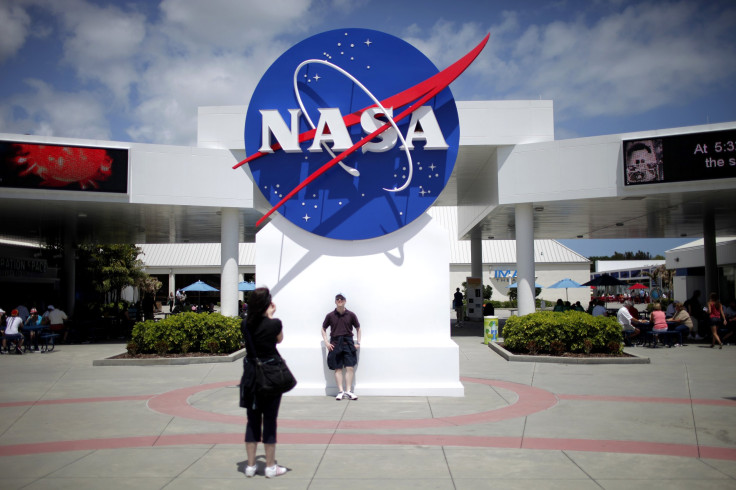NASA Space Fire Experiments: Watch Stuff Burn Up On Board A Cargo Spacecraft As Agency Eyes Mars

Sometimes NASA conducts experiments that would make a pyromaniac drool.
The space agency announced this week that it had successfully finished its latest round of fire-in-space tests. Basically, they successfully lit stuff on fire on board the Cygnus cargo spacecraft in November after it disconnected from the International Space Station.
Researchers in charge of the Spacecraft Fire Experiment II, also known as Saffire-II, were trying to gauge how flammable different materials are in microgravity environments. The scientists burned up 12-by-2 inch samples of silicon, a cotton-fiberglass blend, plexiglass and Nomex, a material used on spaceship cargo bags as a fire retardant and barrier, according to an online update Sunday from NASA officials.
Altogether, NASA was able to collect more than 100,000 samples from the burnings before the tests and the mission ended. The cargo spacecraft, where the experiment was conducted on, arrived on the International Space Station on Oct. 23 and was there for roughly a month until it departed on Nov. 21.
The tests are a part of a larger effort by NASA to find safe ways to keep people alive while living in space. The space agency has partnered with private industry and international space programs to develop “deep space habitation capabilities.”
Perhaps the best-known efforts to send crewed missions into deep space are the ambitious efforts underway to send people to Mars. NASA, alongside private companies like SpaceX, have promised that humans will land on Mars within the next few decades, where astronauts could stay and begin building a colony.
“Mars is a rich destination for scientific discovery and robotic and human exploration as we expand our presence into the solar system,” a release from NASA said earlier this year when announcing a 30-year timeline to get to Mars. “Its formation and evolution are comparable to Earth, helping us learn more about our own planet’s history and future. Mars had conditions suitable for life in its past. Future exploration could uncover evidence of life, answering one of the fundamental mysteries of the cosmos: Does life exist beyond Earth?”
© Copyright IBTimes 2024. All rights reserved.












